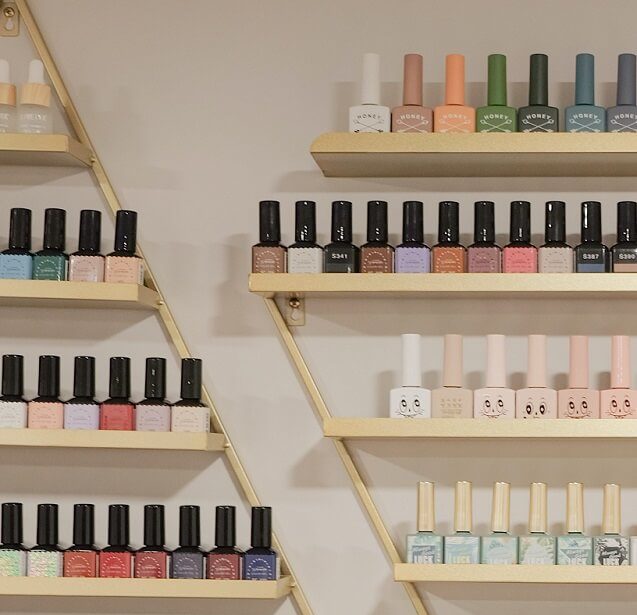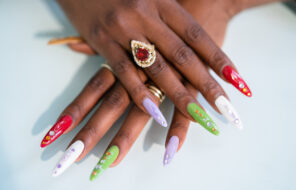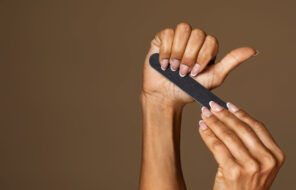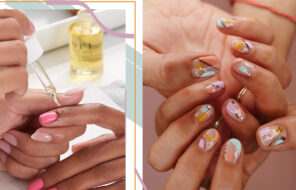Our nails go through a lot. We get dirt under them in the garden, paint them with polishes or gel formulas, and even bite them when we’re nervous (oops). Nails protect our fingertips and can be part of our self-expression, so keeping them strong and healthy is good for you physically and mentally.
Nail strengtheners can offer beneficial ingredients to make the nails feel harder and look healthier. Learn how to use them for best results and when to give your nails a little extra care.
What’s nail strengthener?
Just like skin lotions and serums deliver hydration and beneficial ingredients to your skin, nail strengtheners deliver vitamins, minerals, and other health-boosting ingredients to your nails. Nail strengtheners are topical products that stimulate nail growth and prevent breakage.
Some ingredients to look for in a nail strengthener include:
- Hyaluronic acid. Your body naturally produces this hydration magnet, and it’s a common ingredient in skincare and some nail treatments. Hyaluronic acid is an effective solution for brittle nails.
- Calcium. Your nails contain small amounts of calcium, and calcium deficiency is linked to some nail disorders. While you should get the calcium you need through your diet, there’s some evidence that nail polish can also deliver calcium to your nails.
- Vitamins. Vitamins A, C, and E are important for nail health, and topical application may help fix brittle nails or discoloration.
- Keratin. Your nails are made of a protein called keratin. The keratin in a nail-strengthening solution can bond to your nails’ natural keratin to help them feel firmer.
Does nail strengthener work?
Can a swipe of nail strengthener really make a difference to damaged nails? In some cases, yes. Some nail strengtheners boast a 77% increase in nail strength. Reviews on various products also suggest you can boost the look and feel of your nails with a little extra care.
Nail strengtheners may work best if your nails are damaged because of external factors (like picking off gel polish even though you knew you shouldn’t). If there’s a deeper health concern, like nail fungus or a vitamin deficiency that causes brittle nails, a nail strengthener might not be enough to fix the underlying issue.
You can also get the best results using nail strengthener correctly. Some work more like a polish or base coat. You may need to put it on, remove it after several days as the ingredients wear off, and apply a fresh coat to allow your nails to continue getting the benefits. Other nail strengtheners come formulated as creams or serums for daily use. Check the instructions to see how often you should use your nail strengthener and whether it’s recommended for use over or under polish.
Can you use nail strengtheners on manicured nails?
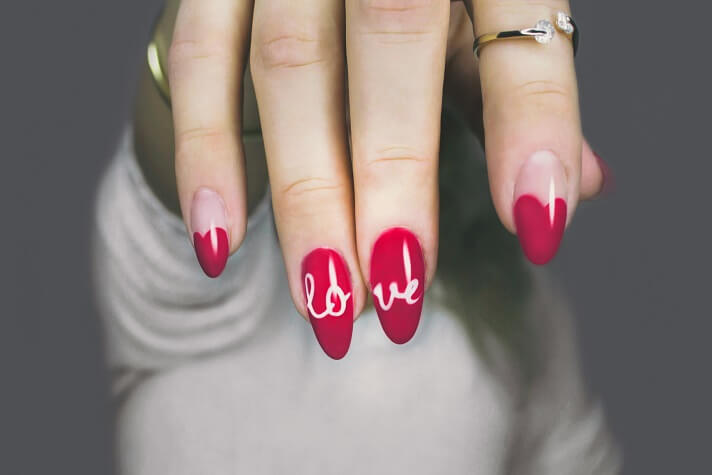
A fresh mani can be a fun way to express yourself, but if you’re struggling with brittle nails, it can be helpful to go bare, at least for a little while. Giving your nails a break for a few days between manicures can help prevent discoloration and improve nail strength.
Most nail strengtheners work best when applied to clean, unpolished nails. Nail polish is a barrier between the strengthening formula and your nail, so you may get the ultimate effects by keeping the nail treatment as close to the nail as possible. Many nail strengtheners do work effectively under nail polish, so you can still get a cute new color while your nails soak in the stuff you need.
If you prefer gel manicures, check the nail strengthener instructions. Some work well under gel as well as classic manicures. There are even gel nail strengtheners that can work when applied on top of a gel mani.
When to see a doctor
Taking nail care into your own hands is a great place to start. But sometimes, your nails need more help than what your go-to strengthener can provide. Here are a few signs that you should call a dermatologist to keep your nails in tip-top shape:
- Your nails appear discolored. Sometimes, discoloration can happen after a few dark-toned mani-pedis. But yellowed nails can also signify a fungal issue that needs medical attention. Greenish discoloration can mean you have a bacterial infection. And a dark streak under the nail could even be a warning sign to check for melanoma. Generally, if a nail’s changing color has nothing to do with OPI, call your doctor.
- Your nails lift up. A nail that’s starting to detach from the nail bed can show white, blobby discoloration. Nails can lift from the bed because of infection, skin issues like psoriasis, or a manicure injury. A dermatologist can treat the infection or advise you on how to help the nail grow out smoothly.
- Your nails have pits. Little dents or dimples like an orange skin can signal disease that goes past the tips of your fingers and could affect your whole body. A dermatologist can diagnose and treat health conditions like dermatitis or psoriasis.
- Your nails get spoon-shaped. Nails that dip in the middle and feel thin can signal that you’re low on iron. Adjusting your diet may be more important for nail health (and feeling healthy overall) than a topical strengthening product.
- Your nails thicken or stop growing. Some people are blessed with faster-growing nails than others, but if your nails seem to be growing slower than you’re used to, it can be a sign that something might be off internally. Thick nails can be a cue to get some medical attention to keep yourself healthy.
Strong nails start with healthy habits. See your doc, eat a nutritious diet, and swipe on a nail strengthener if your nails could use a vitamin boost to help keep them shiny and strong.

